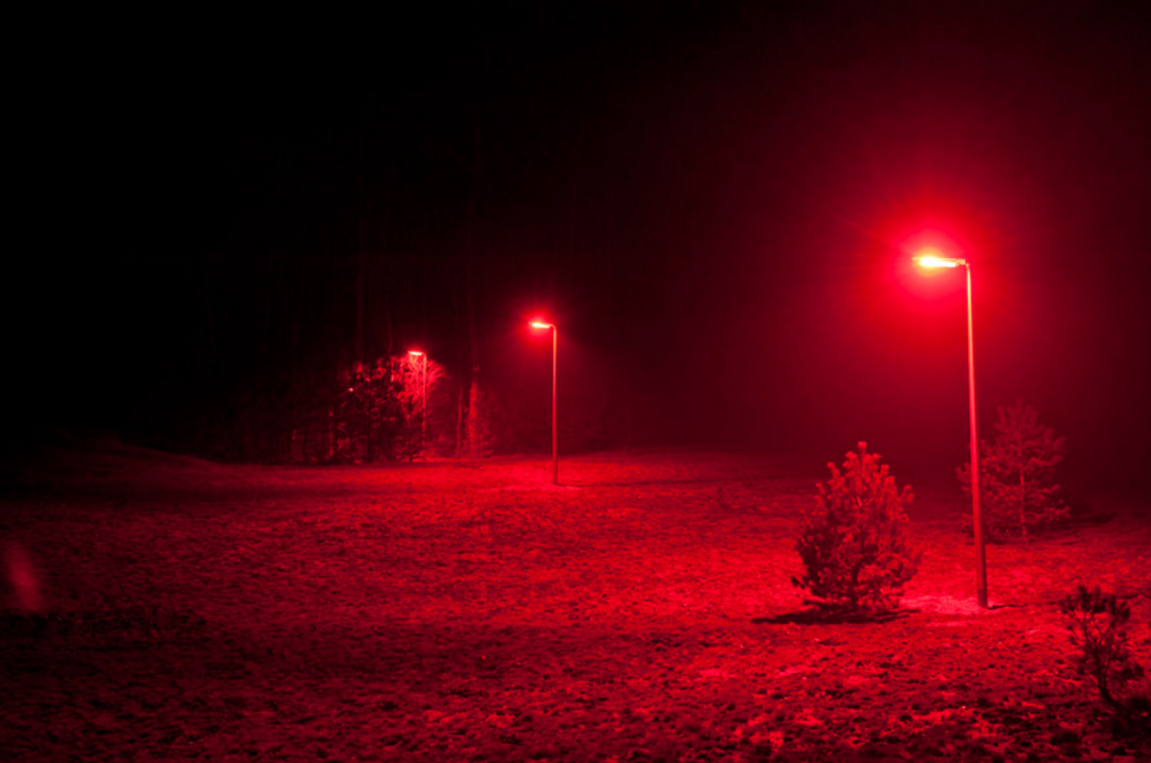
Upon entering a dark room, human eyes obviously take time to adjust in order to see clearly. That’s because there are two types of photoreceptors in our eyes —the rods and the cones. Rods are responsible for letting humans see in the dark; however, it takes around 30 minutes for our rods to fully adjust to the darkness.
Night vision is a very complicated biological process, but it seems that we may be able to tweak and enhance it, and we can do so without using genetic manipulation or any other equally invasive and transformative method. In fact, all we may need is glasses.
This works because, in areas that are red-lit, our rod cells send higher contrast images to the brain, making it easier to make out objects. That is why, in areas that need to be dark (like a photography lab), red lights are generally used—it keeps things dark, yet humans are still able to easily see.

Recently, IBM patented a technology that banks on this phenomenon and incorporated it into the Google Glass.
A red-color projector is included for each eyeglass lens. When the Google Glass user enters a low-light environment, the projectors automatically project red light into each eye. This tricks the rods into sending higher contrast images to the brain, giving the glasses a night-vision-goggles kind of a feel.
To better understand how this works, you can get more information on night vision and the chemicals behind it here.